Hammer Your Hammies – A Scientific Approach to Training your Hamstrings (Train them This Way)
By Adrian|April 3rd, 2022
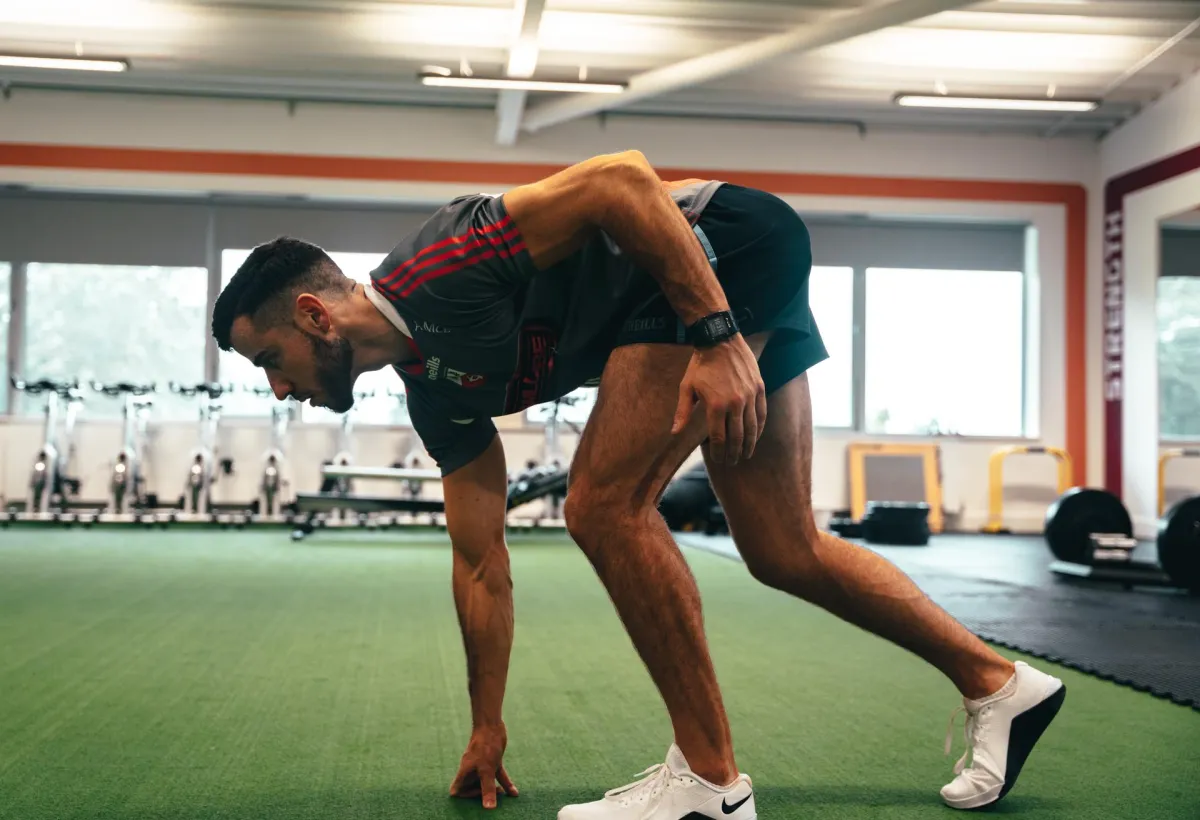
“I Pulled My Hammie.”
Anyone who plays GAA or any field-based sport can probably recall a time tearing or pulling up on your hamstring.
That sharp, darting pain that runs up the back of your leg that causes you to instantly stop!
If you are on a mission to perform better in your sport or just get stronger, then it’s important to focus on hamstring training.
Increased hamstring strength can help prevent injury and make you run faster.
In this blog post, I’m going to discuss:
• Static stretching – good or bad?
• Warming up
• Strengthening
Static Stretching – Good or Bad?
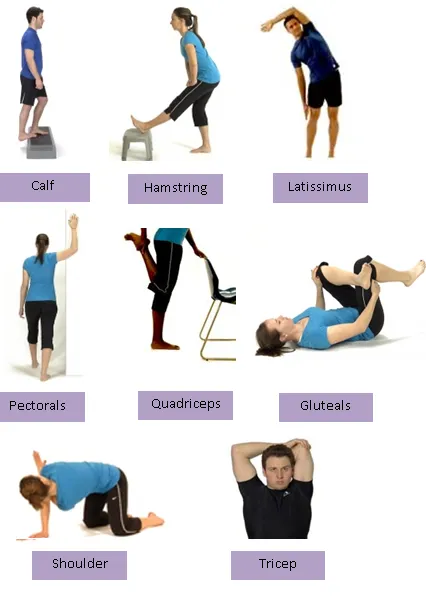
Before I address some dynamic warm up drills, a common topic of discussion is if you should static stretch before your training? I’ll give my take on it.
When it comes to training, I don’t like talking in absolutes. There’s no one right or perfect way to do anything. The answer usually lies somewhere in the middle.
For instance, you’ve got the CrossFit guys doing their WOD’s, bodybuilders training for the ‘pump’ and powerlifters showing incredible feats of strength all claiming their way of training is the best.
When it comes to recovery, you’ve got the foam roller guys who believe it 100% works and think it’s a great tool for recovery. On the opposite end of the spectrum, you’ve the mobility guys who say that it just scratches an itch and doesn’t address the real problem. Then you’ve people who demonise ice-baths and others that swear by them. It’s easy to get caught up in all the noise!
My opinion is, if you believe something works for you even if it counteracts some of the research out there, you should do it.
Why? The placebo effect.
Don’t underestimate the power of the mind when it comes to sports performance. And if you genuinely believe that something works which makes you feel both mentally and physically prepared, then keep doing it.
While many say you shouldn’t statically stretch before a workout, my opinion is that if you find it helps you move better and get into better positions, then you should do it. BUT – there is a but here. If you like to static stretch, you should do it before you start your dynamic warm up, not after it. Your warm up should always transition from slow to fast.
Too often, we start jogging, running and even sprinting then go back to static stretch before sprinting again. Keep the static work to the start of the warm up, focus on more dynamic type drills as the speed increases. To reiterate, your warm up should always transition from slow to fast.
Dynamic Warm Up:
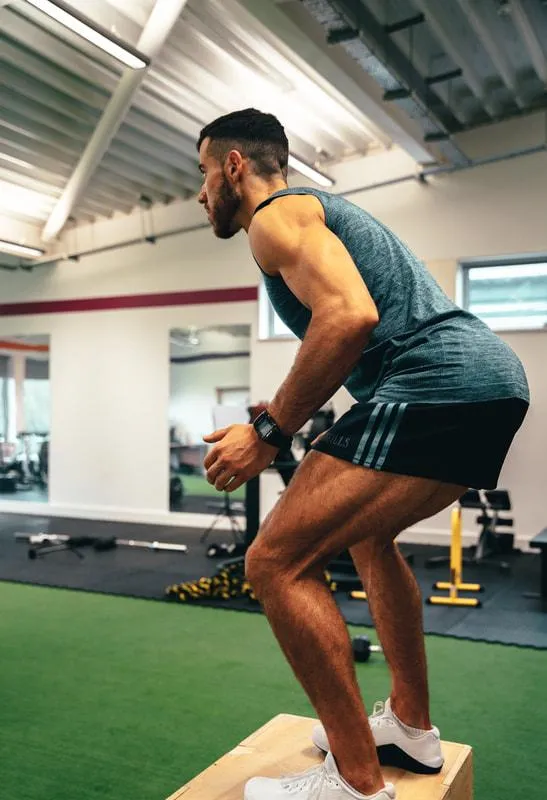
The goal of a dynamic warm-up is to get some blood flow into the hamstrings and prepare them for the demands of your session. Too often, we rush straight into a warm up & start sprinting without any prior movement.
A dynamic warm up should reinforce the positions you’re going to be getting into. Here are three drills I like to implement prior to sprinting.
• Hip aeroplanes: A new favourite of mine. Not only does it target the hamstrings, but also open up the hips. Too often, we complain about tight hamstrings when in fact, we have tight hip flexors. https://youtu.be/KuSetN3Ogns
• Single Leg Deadlift Toe Touches: Similar to above, this one is great for strengthening and stabilising the hamstrings simultaneously. https://www.youtube.com/watch?v=S_yZT48OjbI
• Reverse lunge to hamstring kick: Gradually increase the height of your kick for best results. https://youtu.be/mXKXdDowjwQ
Strengthening the Hamstrings
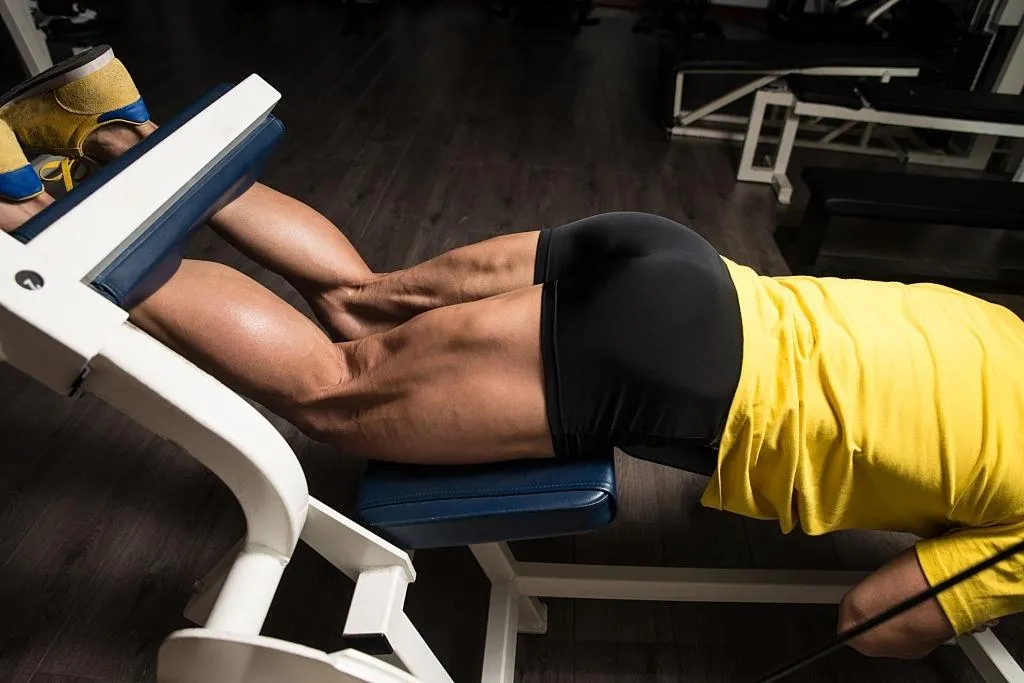
Too often, gym programmes excessively emphasise knee-dominant exercises such as squats and lunges. Don’t get me wrong – these are fantastic exercises for strengthening the lower body. However, hip-dominant exercises that hit the glutes and hamstrings are equally if not more important.
In general, it is more challenging to train the muscle you can’t see in the mirror (known as your posterior chain) – namely the hamstring, glutes and your back. However, if you want to build a well-rounded physique and become a well-rounded athlete, your training must be balanced evenly.
When it comes to hitting the hammies, three ways you can really target them are:
• Straight Leg Hip Extension
• Knee Flexion
• Hip Extension and Knee Flexion
Don’t be put off if you don’t understand these words – I’ll simplify the three movements down with examples you’re presumably already familiar with.
Straight Leg Hip Extension:
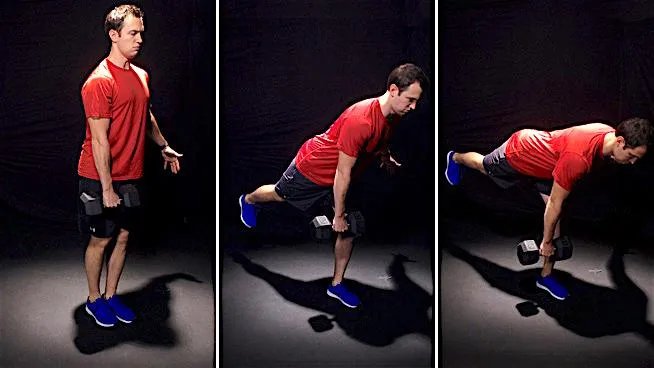
This includes all deadlift and straight leg deadlift variations – both double leg (bilateral) and single leg (unilateral), bridging exercises like hip thrusts and also other movements like reverse hypers. Here are three of my favourite exercises:
• Single Leg RDL: I love this movement for athletes. You run on one leg so should get comfortable training on one leg. This builds strength and stability simultaneously. There are so many variations of this exercise. I like this one the best. Holding the dumbbell in the opposite hand to your standing leg really increases the stability demands. Of course, traditional barbell deadlifts, hex-bar deadlifts (although more quad dominant) and barbell RDL’s can also be done. https://youtu.be/1_uLvwSbAiU
• Barbell Hip Thrust: The benefits of doing hip thrusts (where your back is elevated on a bench) over barbell glute bridges is the increased range of motion. By placing your feet further away from the bench, you target your hamstrings more. On the flip side, if your feet are closer to the bench, it is more quad dominant. https://www.youtube.com/watch?v=8m1EZmzgINg
• Reverse Hypers: Another fantastic exercise for building up your hamstrings and glutes. I’ve found they really helped me whenever I got low back pain also. If your gym doesn’t have a reverse hyper machine (like mine), I do them off the hyperextension. You can do these off your bed if you’re stuck, so no excuses! https://youtu.be/vxd9uD1rGBA
Knee Flexion:
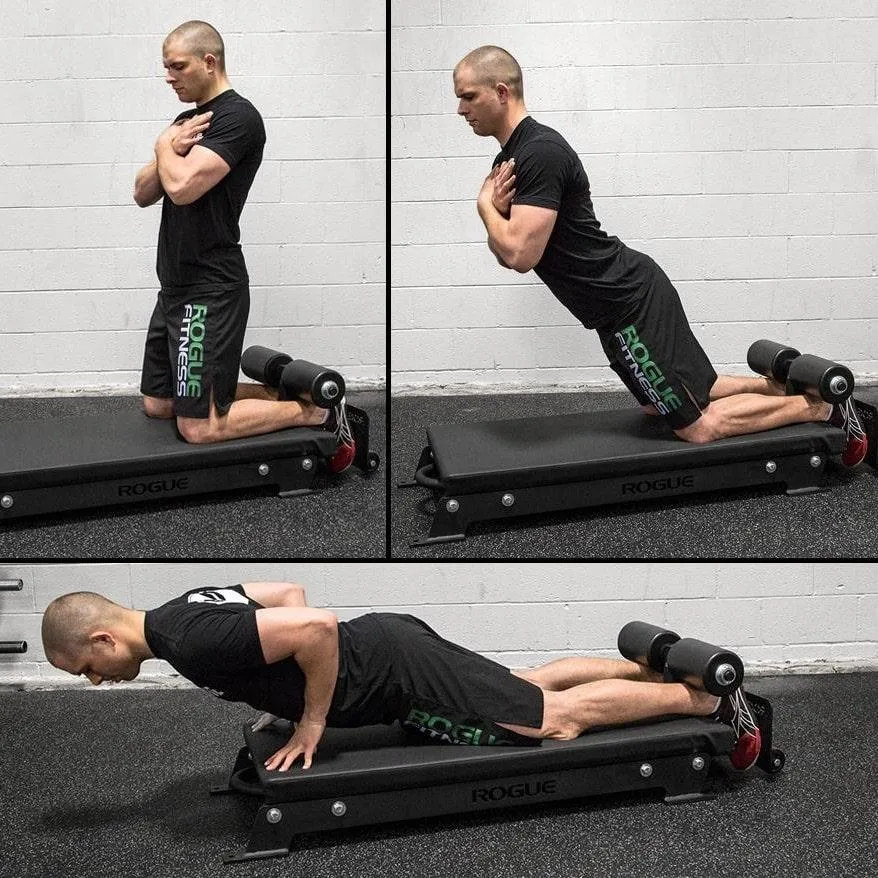
My personal favourite knee flexion exercise is the Nordic hamstring curl. It strengthens your hamstrings as they are being lengthened which is exactly what happens when you run.
• Nordic Curls/Glute Ham Raises: Try to maintain a straight line from your hip to your shoulders and resist yourself from lowering to the ground. Make sure to squeeze your glutes so you don’t arch your low back. An important point to remember is to gradually push yourself off the box (not do a push up basically) and you’ll feel a stretch on the hamstrings on the way back up. I’ve done these at home by tucking my feet under the bottom of the couch! You can also get someone to hold your heels or even place your heels under something solid like a rack or a treadmill. https://youtu.be/ox9ywoG--DQ
• Banded Hamstring Curls: While Nordic curls get more challenging when your hamstrings are lengthening, banded hamstring curls are the opposite – they increase in difficulty through shortening the range. Combining both is a nice way to address both areas. Other variations include machine lying hamstring leg-curls. https://youtu.be/oAhWUDDnyC0
Hip Extension and Knee Flexion:
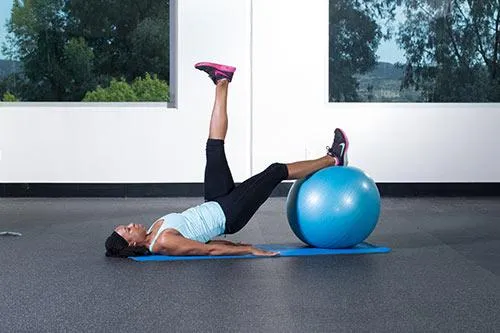
These combine the above two movements together. The great thing about them is as well as strengthening your hamstrings and glutes, there is also an element of core work involved.
• Hamstring furniture sliders: Perform a glute bridge to start. Then slide your heels out to your end range before returning them back into to the starting position. The most important thing to remember is not to let your hips drop. If you don’t have sliders, use two towels and it has the same effect! These can be done on both legs (bilaterally) or on one leg (unilaterally). https://youtu.be/BWIfrsUVVkc
• Single Leg Swiss Ball Leg Curls: Like the furniture sliders, keep your hips elevated and don’t let them drop. Curl the ball under your body with the heels. Start out doing them on both legs before transitioning to single-leg. https://www.youtube.com/watch?v=tLKVPxWHzd0
And Finally:

• Sprinting: Gym work aside, sprinting more is one of the best ways to actually build your hamstrings. Look no further than elite sprinters if you’re skeptical! Be sure to do a full warm-up and slowly build up your sprints for best results.
The Takeaway:
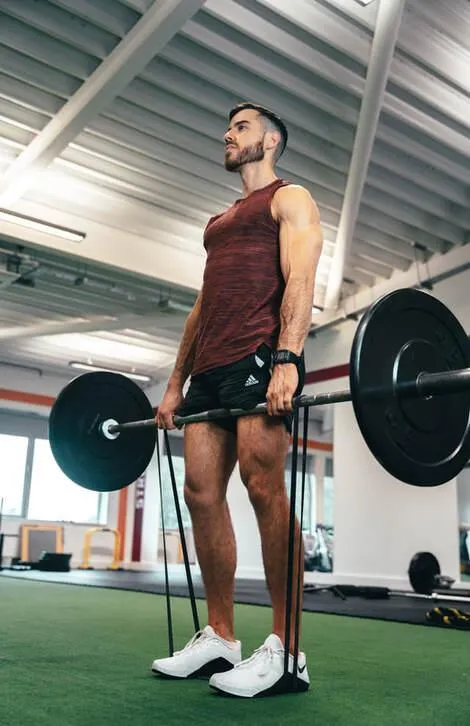
• If you enjoy static stretching, do it at the beginning of your warm up.
• Prior to sprinting, try incorporate some dynamic warm-up drills.
• In the gym, strengthen your hamstrings through hip extension, knee flexion and hip extension and knee-flexion.
• Examples of hip extension include deadlift & bridge variations along with reverse hypers.
• Examples of knee flexion include Nordic curls and all leg curl variations.
• Furniture sliders and Swiss-Ball leg curls are both examples of hip extension and knee flexion.
• Sprinting is perhaps the best of all ways to build your hamstrings.
Please Share With Your Friends:
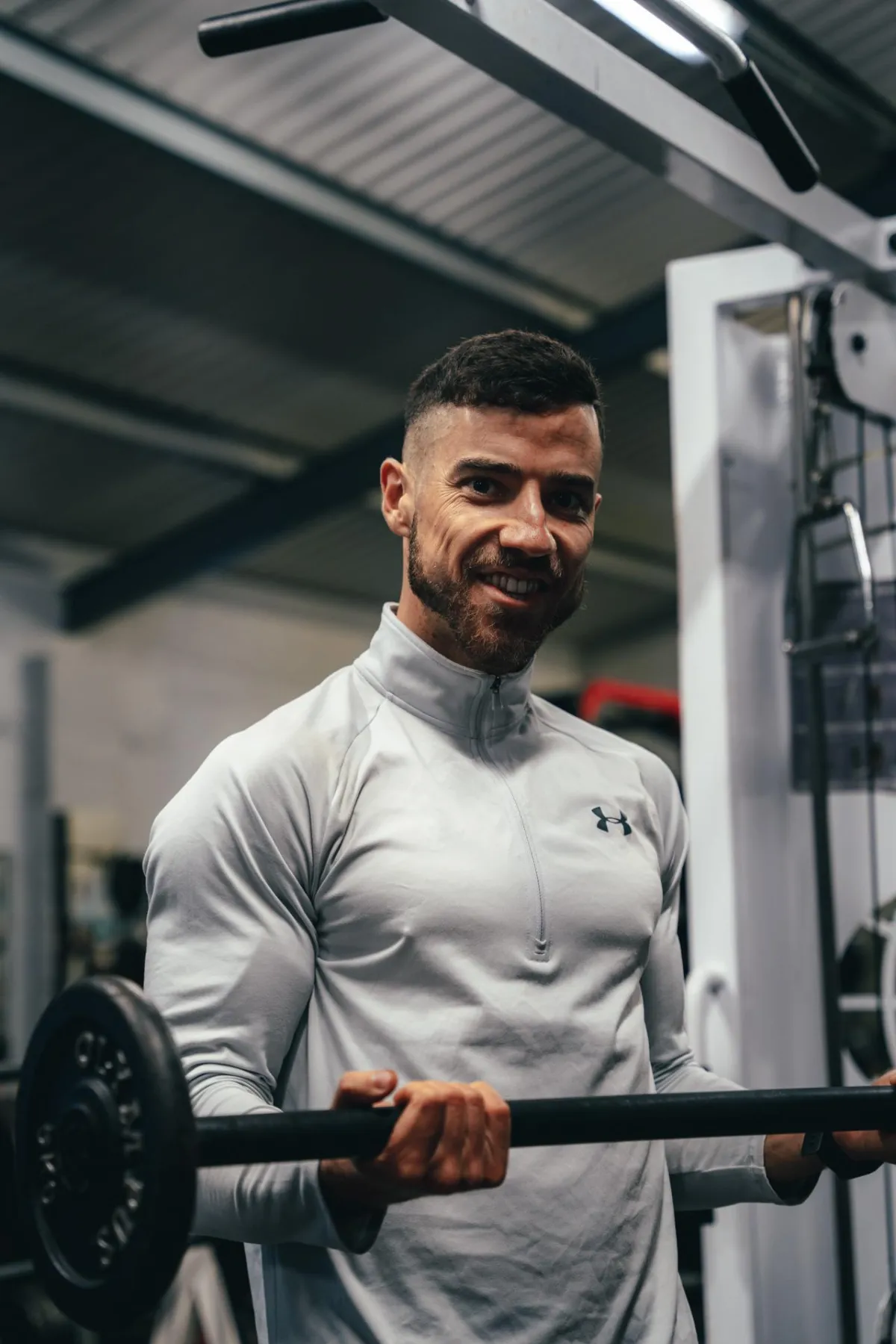
Thank you for reading – I hope you learned something new and got some value from this.
If you did get value from it, please pay the fee. What's the fee?
If you find this content valuable (maybe you learned something new or are going to implement a new practice) then please share my blog post with a friend or on your social stories and tag me on Instagram (@McLifestyleFitness).
For such a small act that doesn't cost anything, it really helps me reach more people and spread the word on how to optimise your health and fitness.
I don’t run ads towards my blog posts, everything I’ve done to date has been done organically from people like you reading spreading the good word. I’d appreciate your continued support.
If You'd Like Some Additional Support:

If you found this post beneficial, then join my Free Facebook Group for more training tips. I share nutritional recipes, workout videos and even live coaching videos.
If you’d like a coach to help put a customised training plan in operation for you, then book your free consultation call today to see if you’d be a good fit for my Online Coaching.
If you know what to do, why haven’t you done it yet?
This is where having the structure and accountability of a coach comes in. I’ll help you get the results you’ve always desired and make your journey much easier and quicker than doing it on your own.
What’s the purpose of the consultation call?
To deep dive into your health & exercise history, your goals and current struggles and from there decide if we’d be able to work together (note – I am not the right coach for everyone which is why I have consultation calls with potential clients of mine).
If we are a good fit, we can get working on your personalised program so you can finally make the changes you’ve always wanted.
Read Last Week's Post
© 2021 McLifestyle Fitness & Performance Ltd. - All Rights Reserved
Privacy Policy | Terms & Conditions | Release & Waiver of Liability